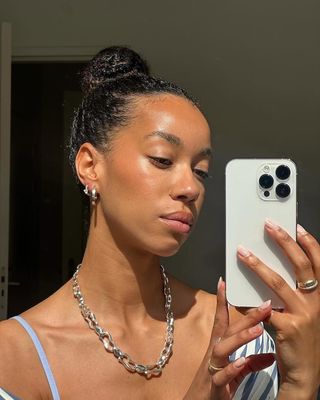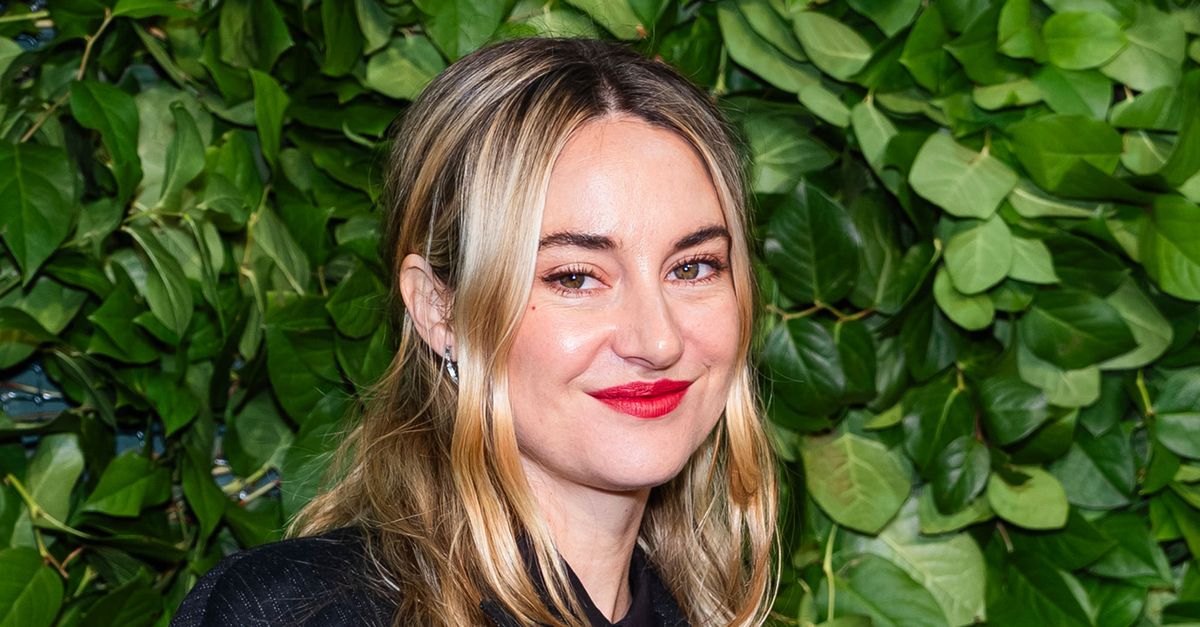The 1990s were a landmark decade for horror, bridging the genre from the slasher-dominated 80s into more psychological and self-aware territory. Masterpieces like The Silence of the Lambs brought prestige to horror while Scream revitalized self-aware slashers. The Blair Witch Project pioneered viral internet marketing, Se7en and Candyman implanted thought-provoking themes, and indie films like Cube showed ingenuity could trump budget limits. Let’s explore the top 10 highest-rated 1990s horror movies and why their impact still echoes today.
- The Silence of the Lambs (1991)

Jonathan Demme’s chilling adaption of Thomas Harris’ novel remains horror’s crowning achievement. A commercial and critical smash, it was the first (and only) horror film to win Best Picture. What makes it immortal? First, the electric chemistry between Jodie Foster as steely FBI agent Clarice Starling and Anthony Hopkins’ sophisticated cannibal Dr. Hannibal Lecter. Their exchanges bristle with tension and image-searing menace.
Beyond the thrills, The Silence of the Lambs towers as an impeccably crafted psychological drama. It probes our own dark fascinations, the lure of monsters who reflect the Jungian “shadow self” we hide from society. In Clarice and Lecter’s lethal game of quid pro quo, we see truths about human nature illuminated. Few films balance pulse-pounding suspense with probing insight so masterfully.
Verdict: An eternal masterclass in suspense and psychology. Hopkins and Foster’s duelling lead performances rank among cinema’s greatest.
- The Sixth Sense (1999)

M. Night Shyamalan’s breakout smash melds supernatural horror with an emotionally gripping tale of loss and isolation. Haley Joel Osment is outstanding as Cole Sear, a boy cursed to see dead people who feels crushed under the lonely burden of his “sixth sense.” Bruce Willis grounds the film with a restrained turn as a therapist trying to help Cole cope and finds his own life transformed.
Of course, the ending twist become iconic. But The Sixth Sense endures for its heart-wrenching themes of finding meaning in life’s darkest moments. Cole’s journey parallels experts on grief like Elisabeth Kübler-Ross. In its nuanced handling of death’s impact on the living, Sixth Sense reveals poignant truths while scaring us senseless. No wonder it captured the zeitgeist and remains intensely rewatchable.
Verdict: An emotional powerhouse grounded in psychological authenticity. One of the rare horror films capable of bringing you to tears.
- Scream (1996)

Kevin Williamson’s sharp slasher satire mocked and celebrated genre tropes, launching a new self-aware horror wave while operating as a masterclass in tension itself. Neve Campbell excels as survivor girl Sidney Prescott, emotionally vulnerable yet quick-witted. Ghostface ranks among horror’s greatest masked killers: taunting victims with twisted trivia before striking.
Scream took the DNA of slashers like Halloween and filtered it through Generation X irony and pop culture obsessiveness. Williamson’s expertly crafted whodunnit keeps us guessing while critiquing real-life “death media” fandom. Scream made slashers scary again in a world desensitized to violence, mixing scares with cathartic laughs. Its fresh style inspired legions of imitators for good reason.
Verdict: A razor-sharp satire that revitalized slasher films through its own mastery of tension and tropes. Williamson’s clever script keeps it endlessly rewatchable.
- The Blair Witch Project (1999)

The stripped-down found footage concept, improvised performances, and online viral marketing campaign made Blair Witch a paradigm-shifting pop culture event. Heather Donahue, Joshua Leonard, and Michael C. Williams’ convincing reactions of confusion and terror in the woods tapped into primal fear.
At its core, Blair Witch proves imagination and suggestion can be far more terrifying than gore. The low-budget execution involved carefully curated half-glimpses of the mythical witch. Her origins and motives are left ambiguous, somehow making her more frightening. Blair Witch shows restraint, realism, and restraint can yield exponentially greater horror than flashy effects. It made “found footage” a blockbuster phenomenon and proved going viral online was the future of horror marketing.
Verdict: Light on plot but overloaded on raw, realistic panic. Its viral impact and economical scares forever changed horror.
- Misery (1990)
Rob Reiner directing Kathy Bates and James Caan in Stephen King’s claustrophobic adaptation makes for a masterclass in sustained suspense. As unhinged superfan Annie Wilkes, Bates fully embodies obsession pivoting between sweetness and savage violence. Watching her relentlessly torment captive author Paul Sheldon may give writers second thoughts about pleasing their “biggest fans.”
The genius of Misery lies in its raw simplicity. Two phenomenal actors locked in psychological warfare sustained entirely by their shifting power dynamic and razor-sharp dialogue. Like Wait Until Dark before it, Misery strips horror down to its nerve-fraying essence. It remains one of the most brilliantly intense acting showcases imaginable. A perfect highway collision of horror and Hollywood satire.
Verdict: Bates and Caan deliver arguably their finest performances in this ruthless battle of wills. Required viewing for writers and fans alike.
- Candyman (1992)
Bernard Rose’s take on Clive Barker’s short story smartly roots horror in class and racial inequality. Tony Todd remains unsurpassed as the haunting title apparition. When graduate student Virginia Madsen investigates Candyman’s link to Chicago’s Cabrini-Green housing projects, the film confronts urban legends as societal reflections.
In the figure of Candyman, Barker and Rose poetically entwine the horrors of slavery, racist oppression, and urban decay. This sets the hook deep, resonating beyond surface scares. Add in Philip Glass’ mesmerizing score, haunting shadow puppet imagery, and Todd’s hypnotic presence, and it’s no wonder Candyman became a resonant cult classic. It confronts real urban horrors through its masterful gothic lens.
Verdict: A piercingly intelligent and politically relevant take on supernatural horror. Todd’s performance remains iconically menacing.
- Ringu (1998)
Hideo Nakata’s Japanese trailblazer validated horror didn’t need gore to disturb, just atmosphere and emotion. Its Lynchian videotape curse launched an American remake and endless imitators, while the original’s existential tone felt bracingly inventive. Ghost girl Sadako became a primal global nightmare.
At the time, Western audiences were unfamiliar with J-Horror’s sensibilities. Ringu’s slippery logics, ethereal aesthetic, and slow-burn pacing contrasted sharply against America’s visceral slasher fare. But its Kafkaesque mood proved universally frightening, as did Sadako’s otherworldly jerky movements. Ringu proved subtle tone and psychological resonance transcend cultural boundaries. Its ripples continue impacting horror.
Verdict: Light on blood but saturated in hopelessness. Sadako set the monstrous standard for vengeful phantoms.
- Se7en (1995)
David Fincher imported his signature cold, grimy aesthetic to this gruesome cat-and-mouse hunt for a serial killer obsessed with punishing sinners. Brad Pitt and Morgan Freeman shine as detectives trailing horrific biblical crimes. Then came the devastating ending twist, instantly iconic.
Se7en oozes ominous atmosphere, its world a moral vacuum of perpetually dim streets, glistening rains, and rotting despair. The film fuses genre thrills with weighty themes on society’s own complicity in evil. Fincher and screenwriter Andrew Kevin Walker force us to confront the darkest impulses festering in our collective unconscious. A ruthlessly bleak descent into the furthest reaches of the human psyche, Se7en set a precedent for A-list talent elevating pulp horrors to high art.
Verdict: A masterclass in sustained dread with searing psychological insights. Its ending sucker punch will forever haunt our nightmares.
- Interview With the Vampire (1994)
Given the lush romanticism of Anne Rice’s bestselling novel, many doubted the material could translate. But director Neil Jordan (The Crying Game) perfectly reimagined it as a Gothic fairy tale set among the mist-soaked decadence of 18th-century New Orleans. Brad Pitt and Tom Cruise play rival bloodsuckers Louis and Lestat, with breakout turns from Kirsten Dunst and Antonio Banderas rounding out the coven.
Jordan’s elegant camerawork and meet baroque production design ensure Interview With the Vampire drips with melancholic atmosphere. Rice’s sensual themes come to mesmerizing life. The intimacy Pitt and Cruise bring to Louis and Lestat’s twisted bond transcends their A-list glamor. The result does justice to Rice’s legion of fans while reinvigorating vampire lore through its tragic romanticism. A sultry, operatic fever dream.
Verdict: An opulent Gothic blood opera that compels decades later. Pitt and Cruise deliver two of their most nuanced performances.
- Cube (1997)
Before Saw, ingenious Canadian indie Cube proved claustrophobic sci-fi horror didn’t need gore to terrorize. Its Kafkaesque maze drops strangers into deadly traps, challenging them to cooperate and problem-solve or perish. The sterile industrial maze makes a stark metaphor for institutional dehumanization.
Director Vincenzo Natali wrings exponential tension from limited means, with clever gory effects driving home the piercing themes. The strangers’ slowly unveiled backstories add empathy. Cube triumphs via its masterful high-concept premise explored through resourceful world-building and characterization. Its laser-focused vision inspired two worthy sequels and countless reality show-type imitators. But none surpass this streamlined original gem.
Verdict: High-concept existential horror elegantly executed on a shoestring budget. It remains the apex of claustrophobic sci-fi thrills.
The 1990s proved a bridge between horror’s lurid past and thought-provoking future thanks to benchmarks like these. Their provocative points of view and dedication to elevating suspense, acting, and themes expanded the genre’s respectability and forms. Echoes of their style and substance can be seen in today’s top horror. Revisiting the decade’s bleeding edge best offers a masterclass in horror’s potential when firing on all cylinders. Their influence awaits a new generation ready to unleash 90s-style scares.

Founder and Lead Developer for Horror Facts independent horror magazine.
Husband, Sailor and Independent Writer


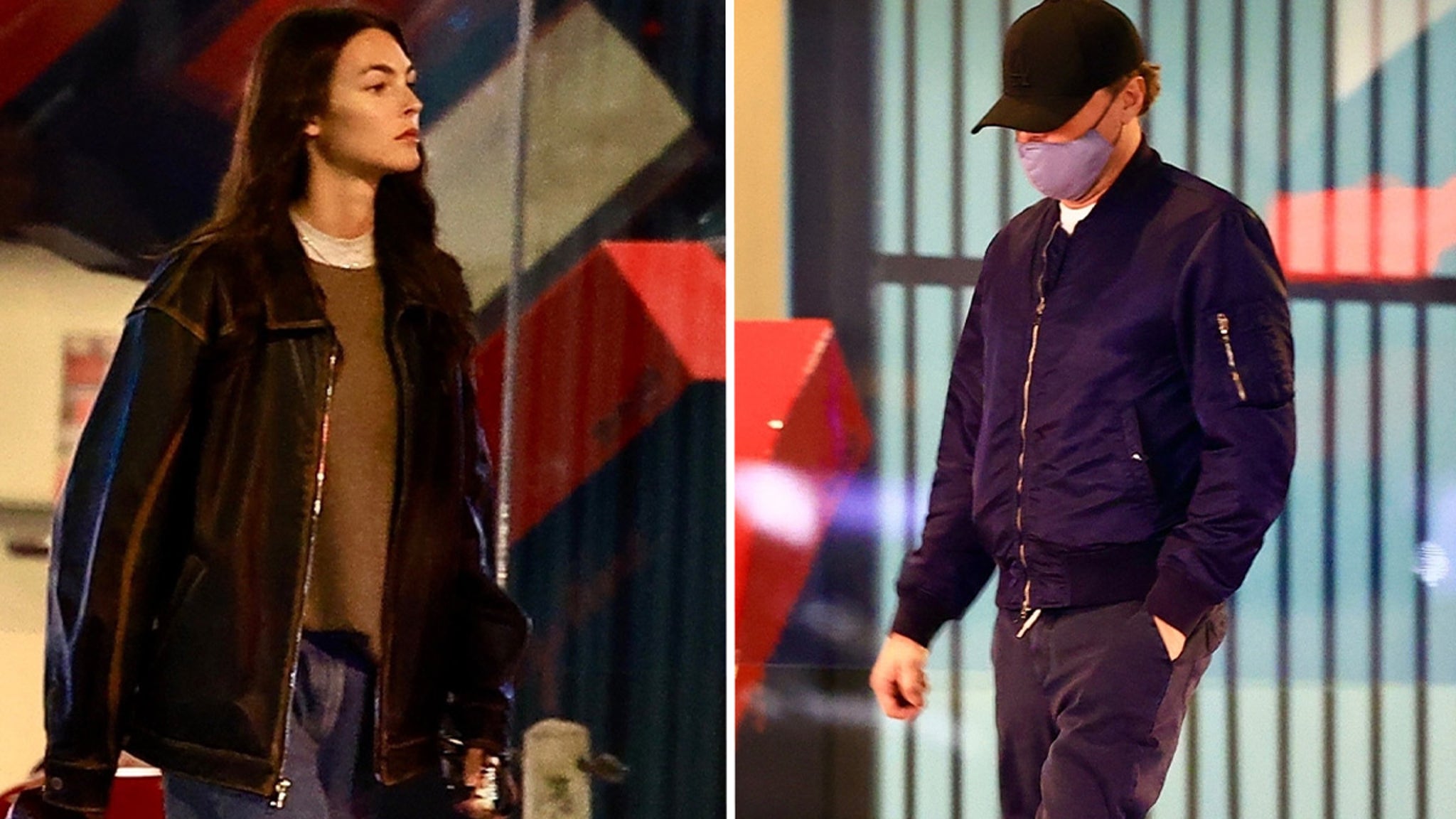






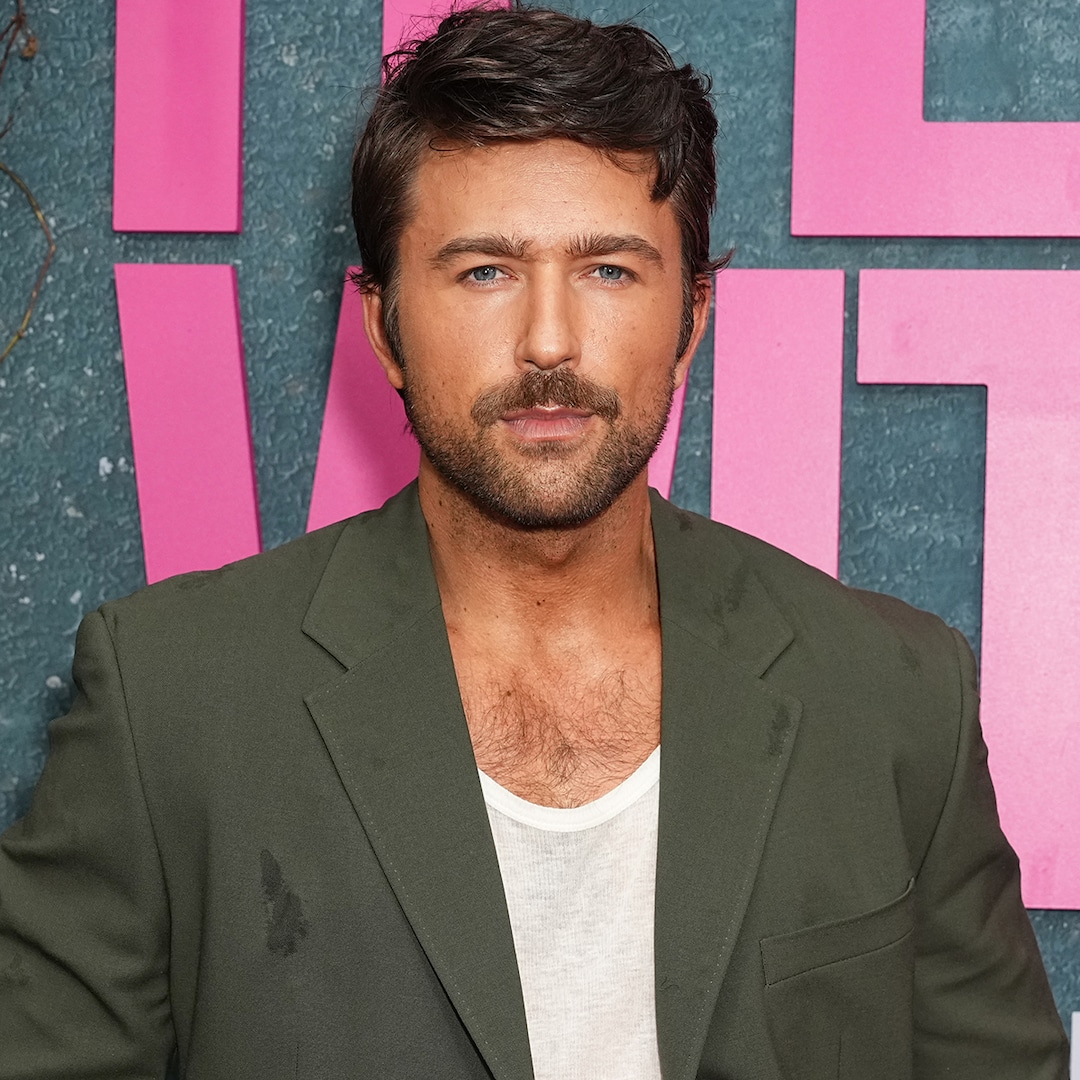









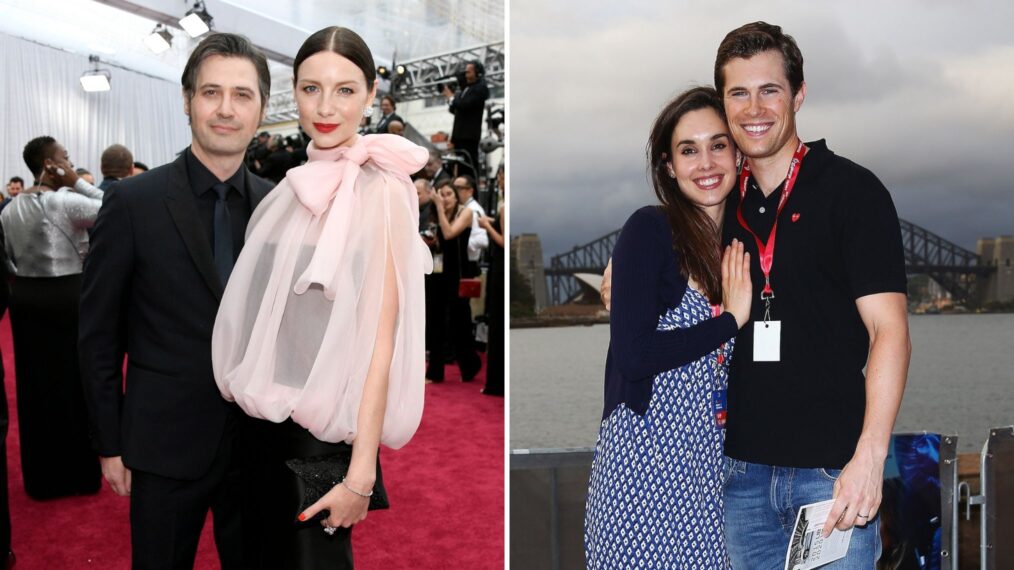


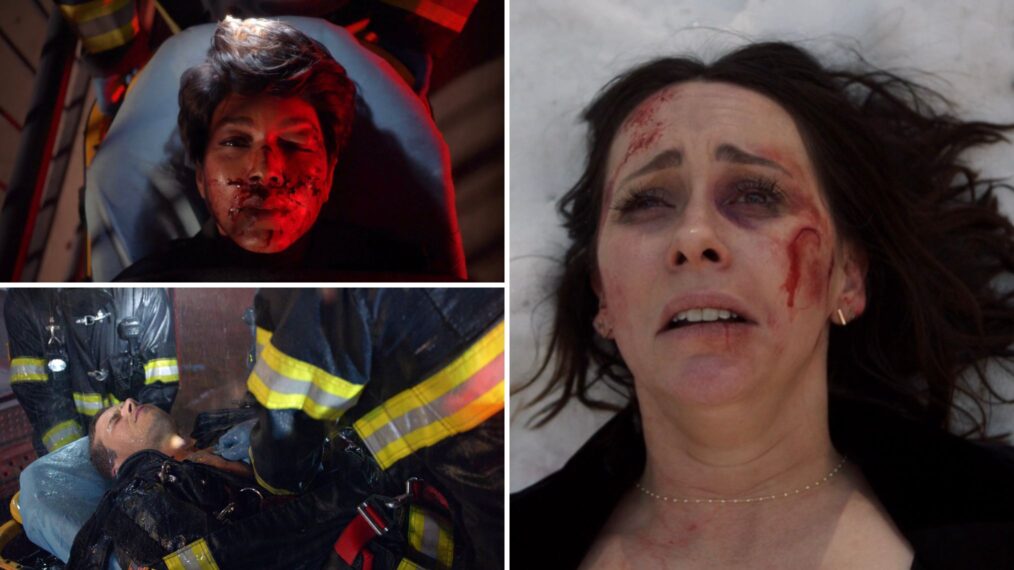


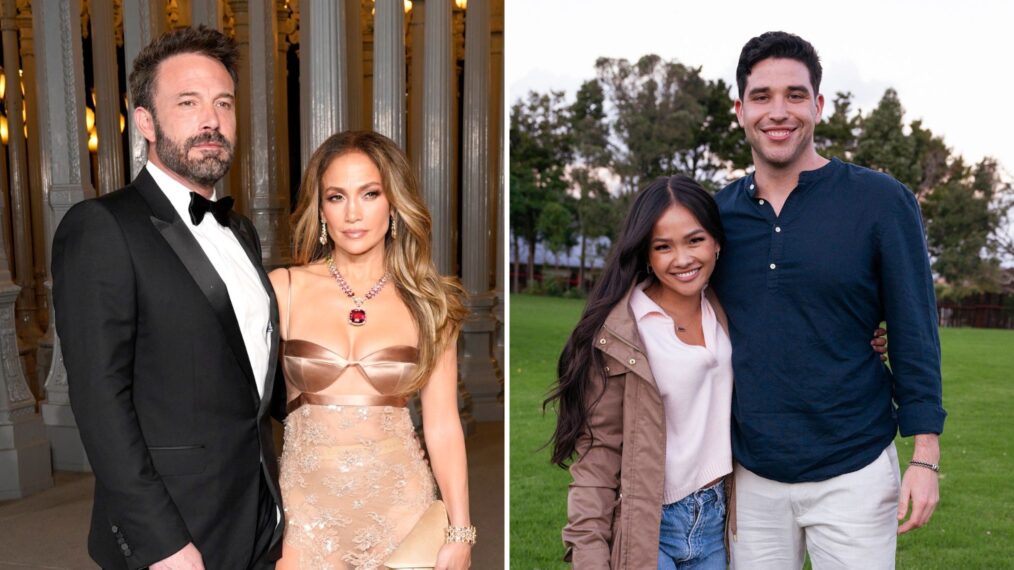














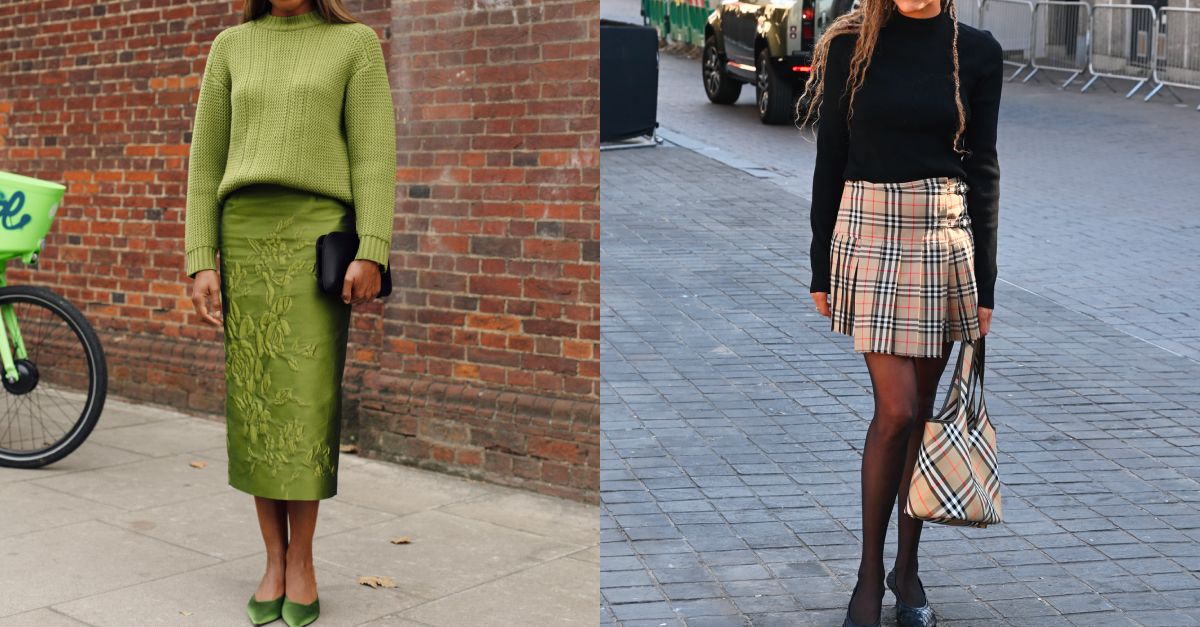
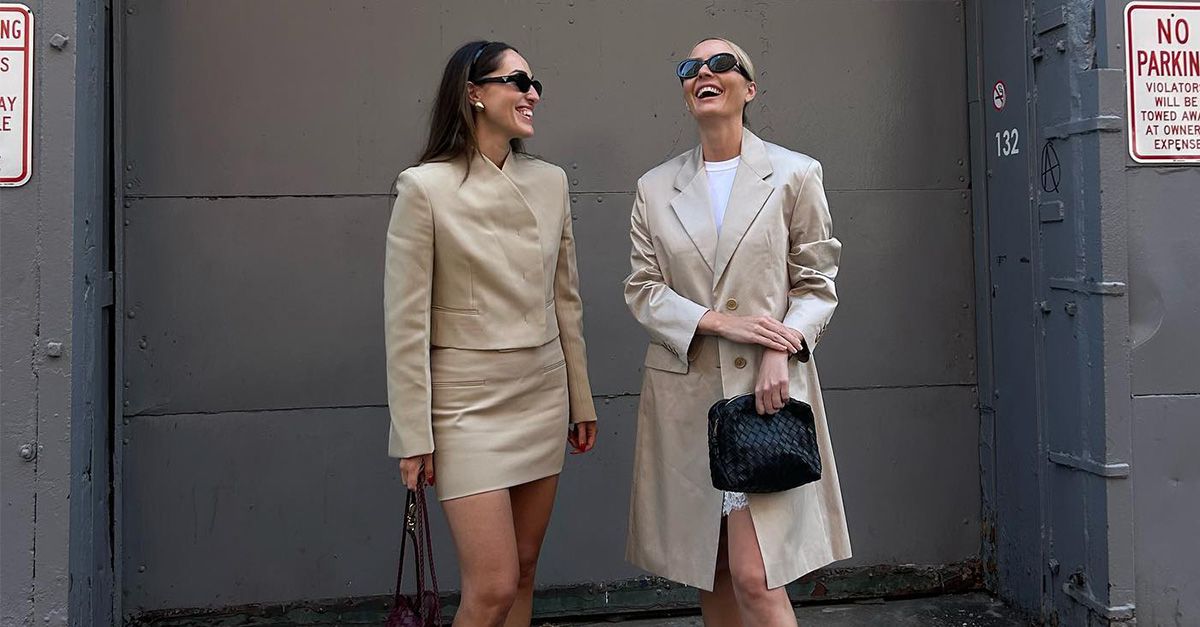
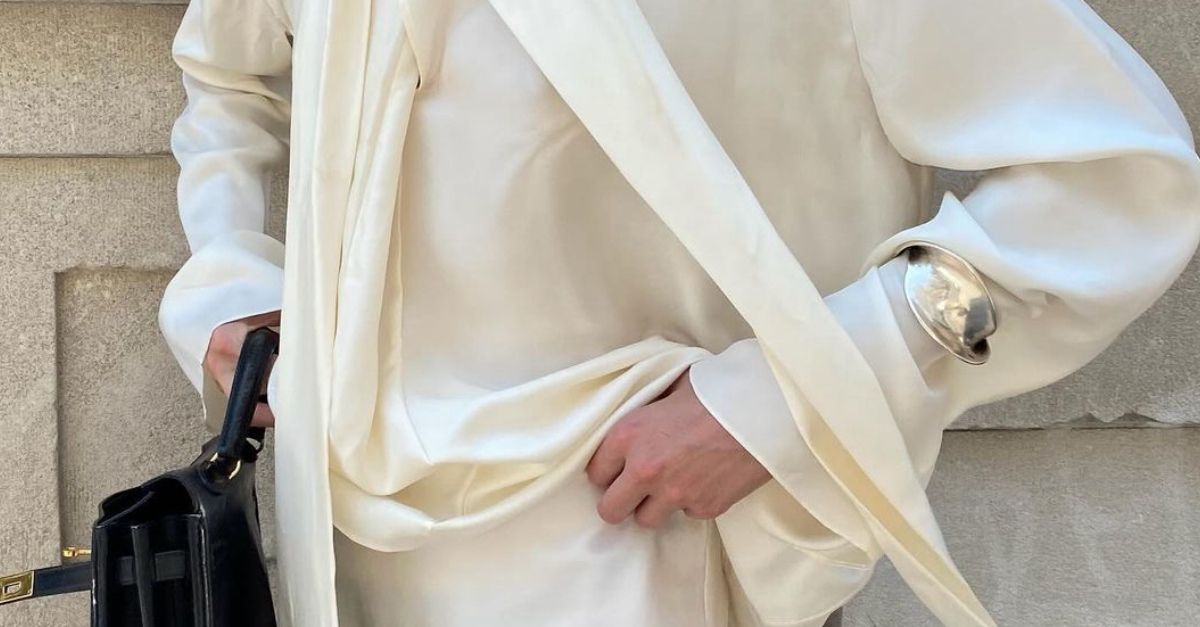
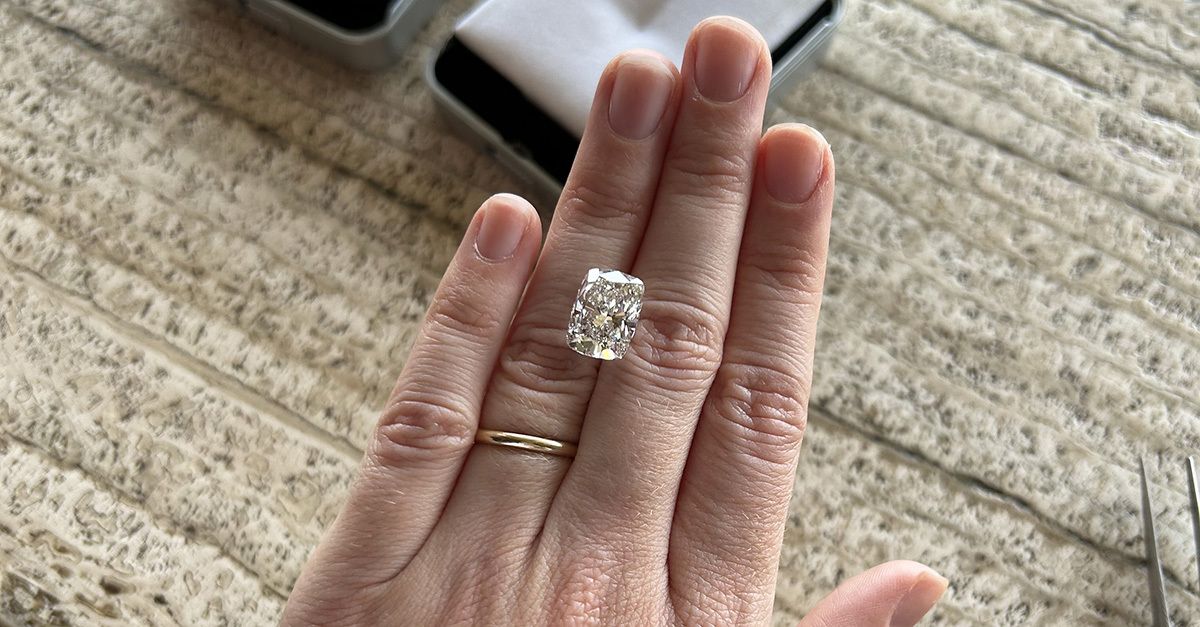
:quality(85):upscale()/2024/12/24/622/n/1922564/9eb50f2c676abd9f1647c5.05876809_.jpg)

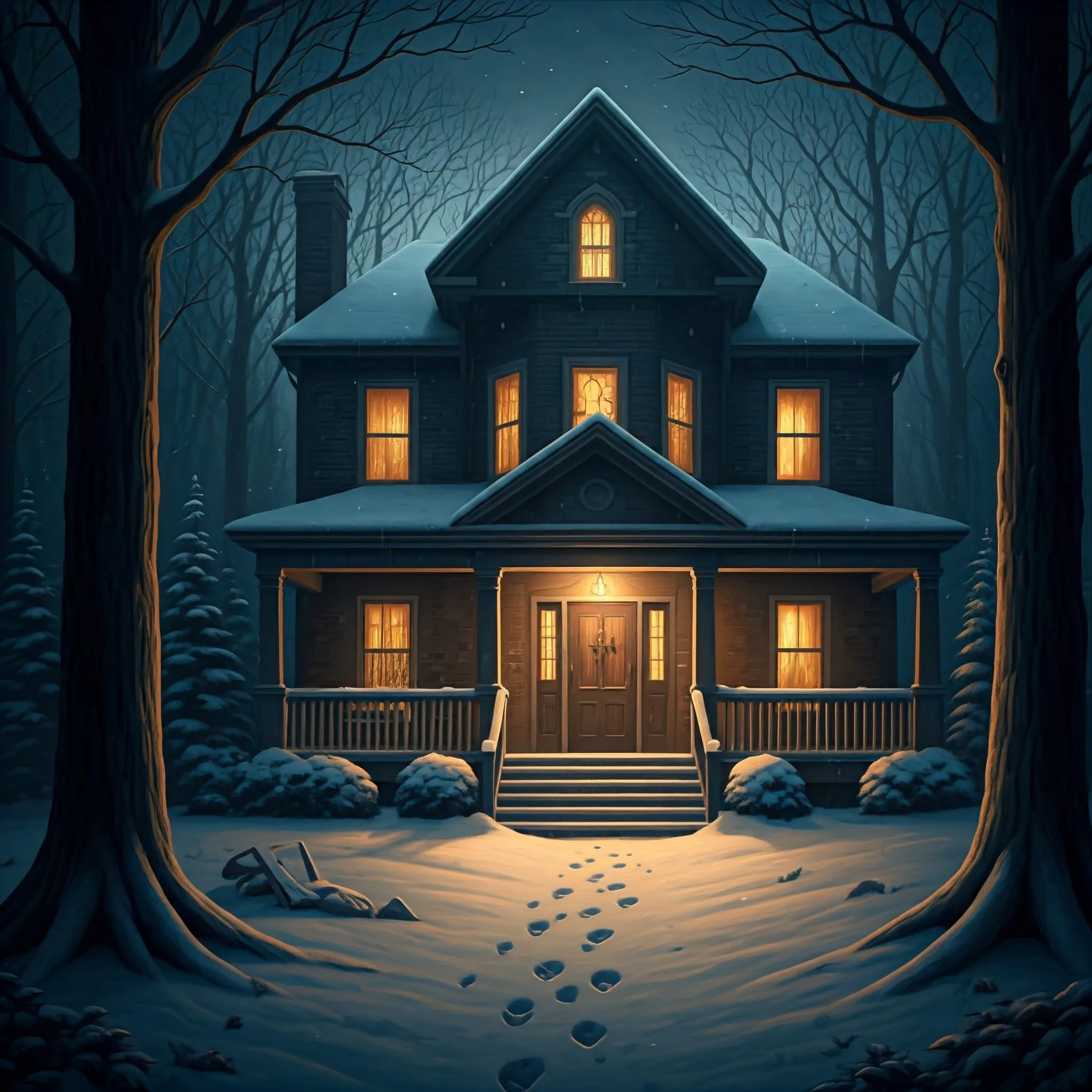
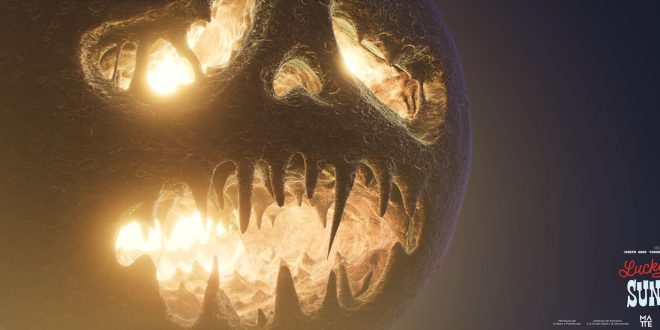

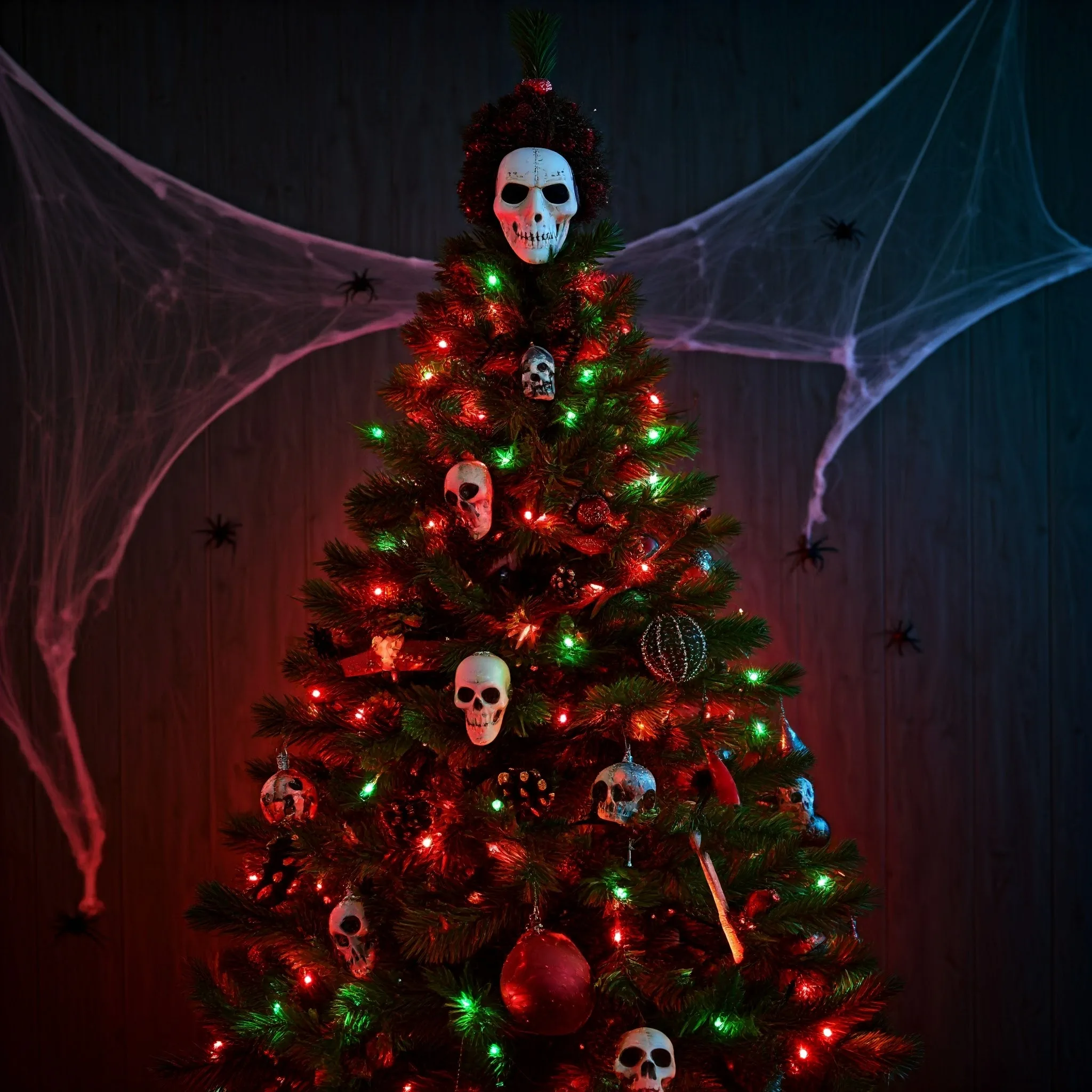

















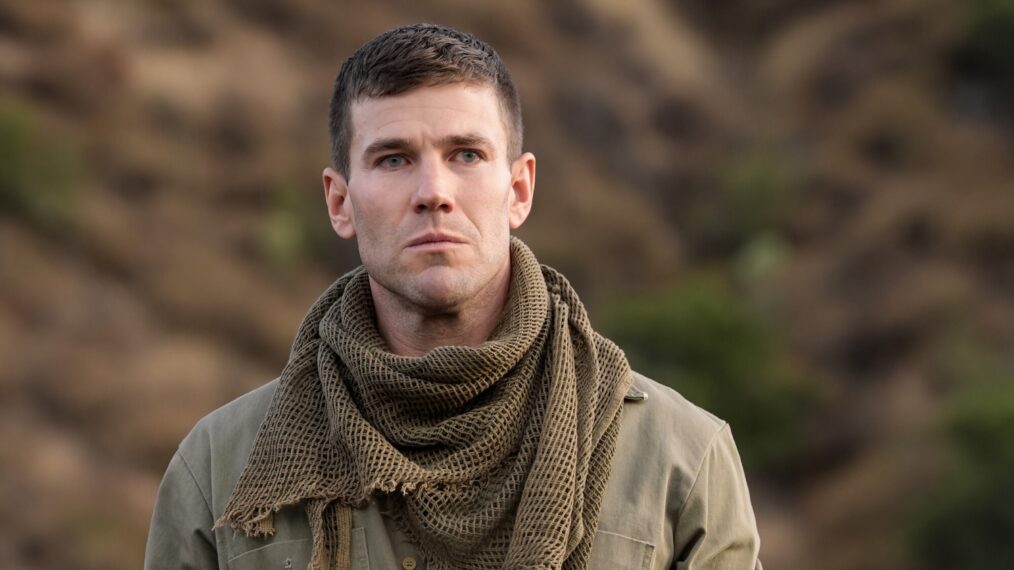
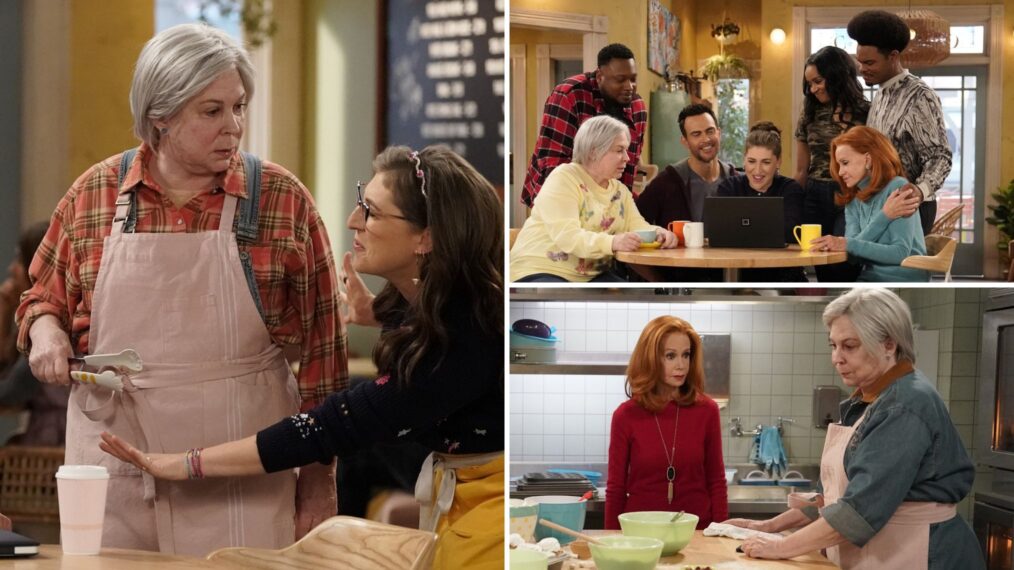
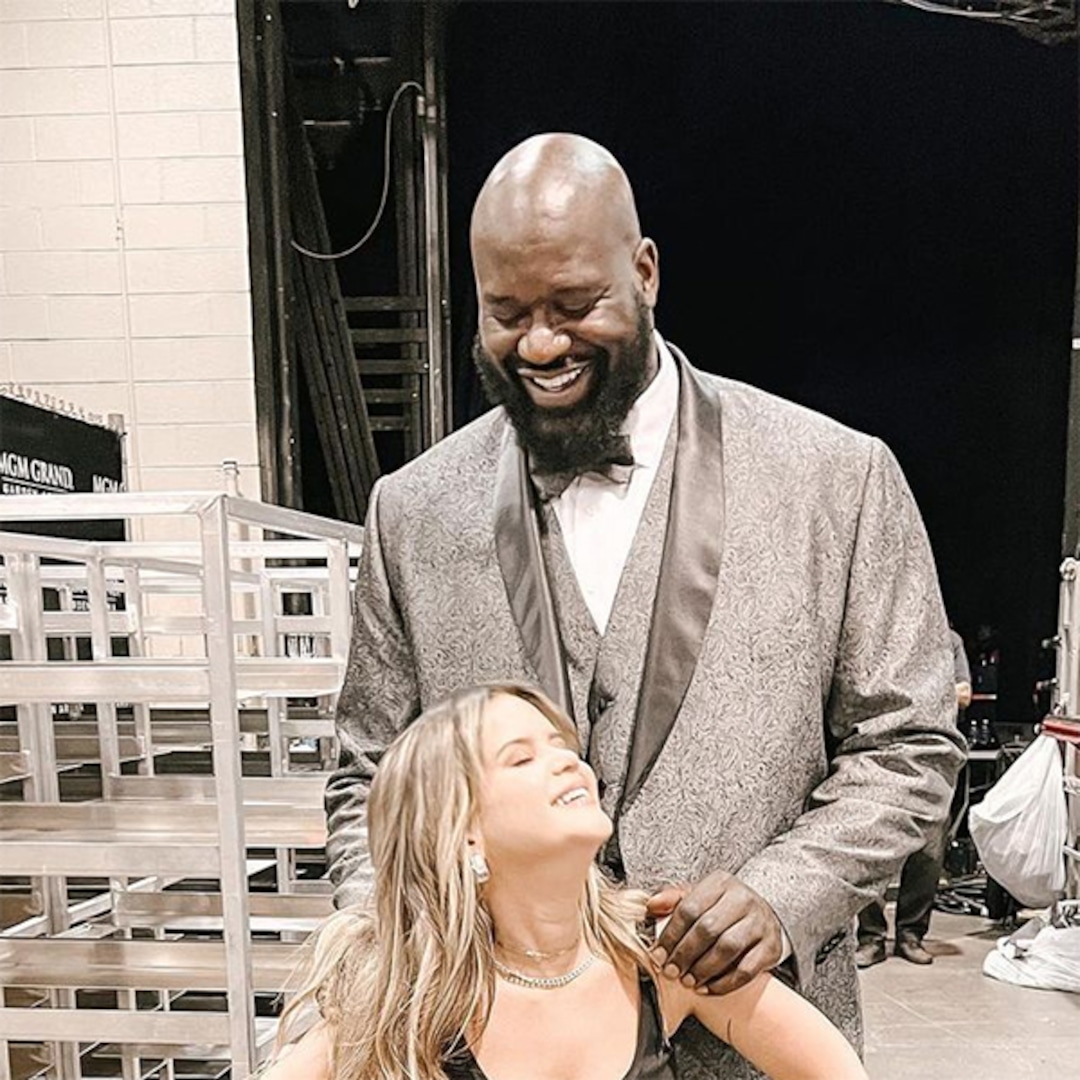
![[VIDEO] ‘Succession’ Season 4 Teaser: New Footage in HBO Preview [VIDEO] ‘Succession’ Season 4 Teaser: New Footage in HBO Preview](https://tvline.com/wp-content/uploads/2022/10/succession-season-4.jpg?w=620)
